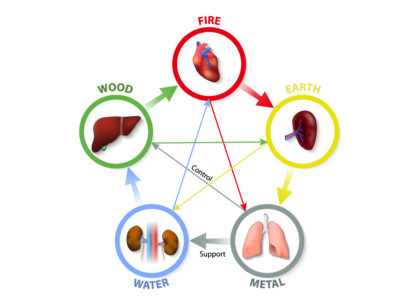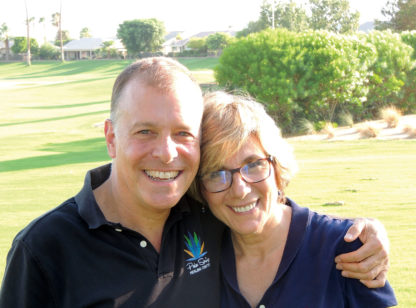Ayurveda is an ancient practice of healing which views health and disease from a unique perspective. Originating in India, Ayurveda considers four main qualities of health. The first is healthy relationships, which means positive supportive relationships with yourself and your community. The second is a means of prosperity, more specifically, a way in which you can support your life and those around you. The third is having a sense of purpose or personal meaning in your life, and the fourth is a spiritual connection or relationship with The God or the source of life as you understand it.
When one has the experience of all four attributes, there is the foundation for health and wellness. When one is in a state of their true nature, there is a radiance that fills and surrounds them, and that person naturally feels full of life and joy.
Disease from an Ayurvedic perspective is the opposite. If an individual is experiencing unhealthy relationships, has no means to support themselves or their loved ones, feels no purpose or value in life, and is feeling a lack of spiritual connection or relationships, then that person is out of balance. When one is in a state of disease or imbalance, it is said in Ayurveda that they have forgotten their true nature.
Ayurveda views everything as energy, which is defined in simple terms as frequencies ranging from the most light to the most dense. Frequencies, or qualities of energy, are seen in our overall health, nutrition, thoughts, and relationships. We can refer to ourselves as an energy body complete with varying degrees of both light and dense frequencies, each supporting different qualities of our life. For example, when we are happy we feel light – when we are depressed we feel heavy.
Health is a flow of energy that is balanced, unblocked and is free flowing. Disease is a flow of energy that is unbalanced, blocked or interrupted.
According to Ayurveda, there are five components that can change or influence our energy flow: 1) the food we eat; 2) the quality of our thoughts; 3) the quality of movement (exercise); 4) compassionate touch; 5) and most importantly, the giving and receiving of love. With these five things in balance, we bring our energy body to a very high frequency and experience an abundance of health and wellness.
As we practice good health, Ayurveda offers an abundance of ways we can heal ourselves. Like any holistic practice, our self-diagnosis and honest self-assessment are very important. There are many resources and much more depth to the overall practice; however, the basic philosophy is to examine the five components that influence our energy and then use the appropriate practices, treatments, and routines to bring these life forces back into balance.
Kathleen Shyptycki is a Certified Massage Therapist, Holistic Health Practitioner and Certified Clinical Ayurvedic Specialist. She is also the lead instructor at the Somatherapy Institute School of Massage which offers several courses in Ayurveda. For more information visit www.somatherapy.com or call (760) 321.9214.













































Comments (0)